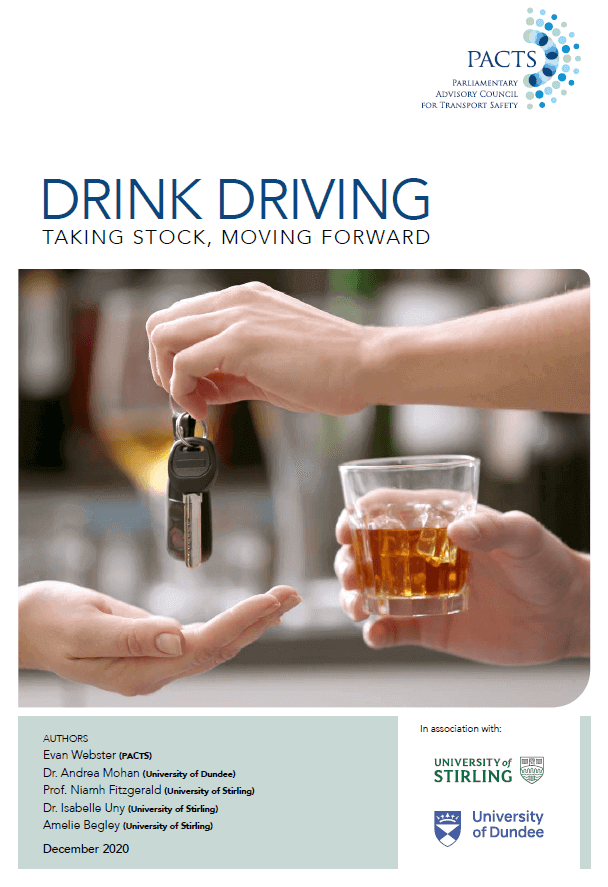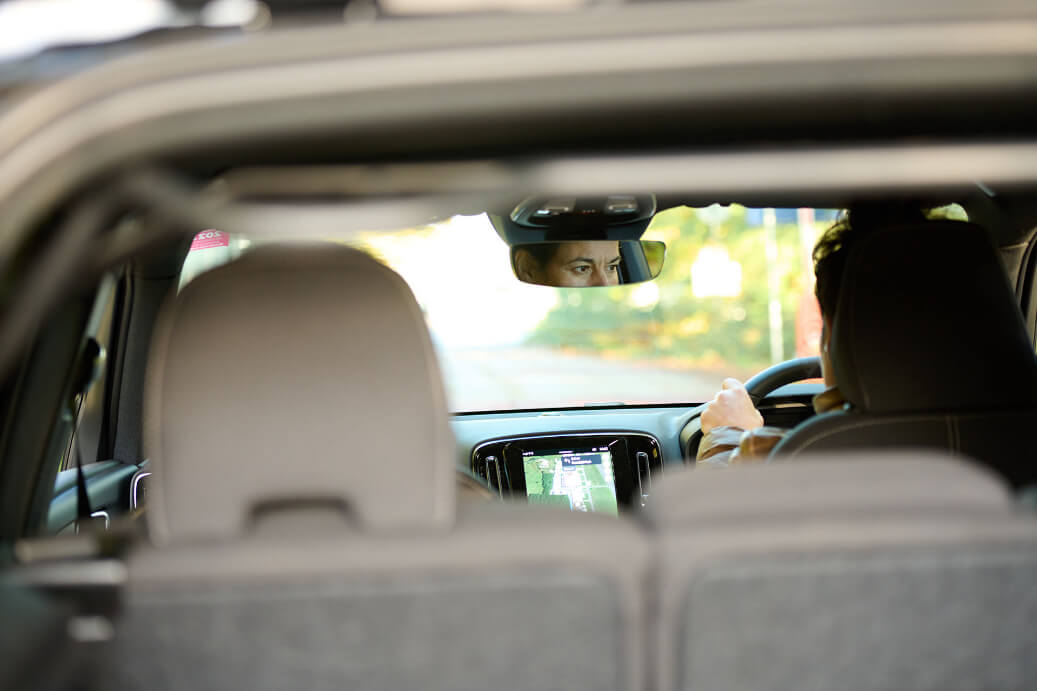Tackling drink driving is often cited as a major road safety success story.
Since the link between alcohol consumption and traffic collision risk was first established in 1964, drink drive casualties have greatly reduced and public attitudes changed fundamentally.
In the UK, this is attributed to long-term public education and awareness campaigns, backed by a sound legal framework, police enforcement, a tough penalty regime, technological advances, rehabilitation courses, and more – developed over decades and based on extensive research and monitoring. Fifty years later, however, progress in Great Britain seems to have come to a halt. Since 2010, around 240 people have died each year in collisions involving a driver who was over the legal drink drive limit. Drink driving remains one of the biggest single causes of fatal collisions, at around 13%. It is often combined with other high-risk behaviours such as not wearing a seat belt. During this decade the government’s policy has been to make enforcement of the existing law more efficient and to continue with education and behaviour change campaigns, mainly targeted at young male drivers. It has implemented many – though not all – of the legislative recommendations in the 2010 North report.
Key statistics
- Drink driving is one of the biggest causes of road deaths (13%)
- In the last decade 240 people have been killed each year where a driver was over the limit
- Levels of police enforcement have decreased by 63% since 2009
- Nearly one in five (17%) drink drive offences is committed by a reoffender
- The coronavirus pandemic has seen an increase in the number of people with alcohol and mental health issues.
To see the whole report click the graphic.

